The Cisco GLC-ZX-SMD SFP transceiver module is designed for high-capacity long-haul data transport. This module becomes particularly significant for an enterprise’s multifaceted network or a business expanding its data center operations. This GLC SMD transponder has its own specifications that need to be understood alongside its engineering design features and functions to keep the data flow unhindered at the Cisco-built enterprise-level network. The benefits explained in this piece will ensure that you leverage modern capabilities while designing your infrastructure, irrespective of its size. Learning how this module is integrated into Cisco devices will allow Cisco users to understand why enhancement of network durability is pursued. Stand by while your expectations expose the answers for managing your network decisions.
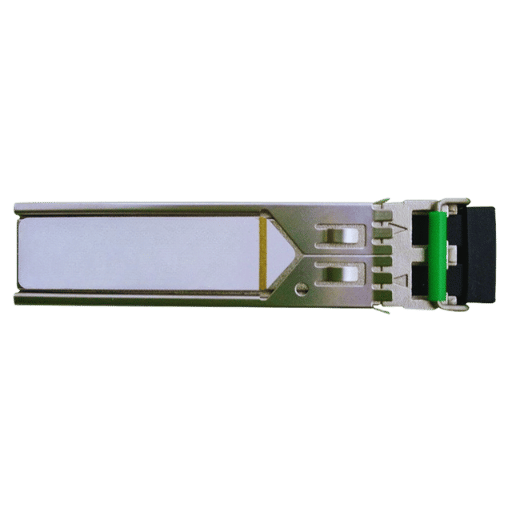
The GLC-ZX-SMD is an SFP module for transceivers, which are Cisco devices that permit long-range, high-speed transmission. It functions through single-mode fiber and offers a connection range of 70km with the best quality cables. The module supports 1550 nm of data communication and can be used for fiber optics and gigabit Ethernet. Moreover, it is equipped with digital optical monitoring (DOM) for operational network management, which helps monitor crucial values like optical power and temperature. This module is best suited for enterprises that require dependable and efficient long-haul connectivity.
Like the GLC-ZX-SMD mentioned before, it is a transceiver module that performs remarkably well with long multi-mode fibers. It boasts support for modes up to Single-Mode Fiber (SMF) spanning 70 kilometers while operating on a 1550 nm wavelength. Its compliance with IEEE specifications for Gigabit Ethernet and Fiber Channel modules ensures exceeding compatibility with various enterprise networking frameworks. Its Digital Optical Monitoring (DOM) Patented feature allows critical element parameters such as temperatures, signals, and other removable monitored, improving reliability and troubleshooting efficiency metrics. The device would best suit enterprises that require reliable and high connectivity solutions for long-range distances.
Such elements make the Cisco GLC-ZX-SMD module an effective and trustworthy selection for advanced networking technology.
The Small Form-Factor Pluggable (SFP) module certainly streamlines data transmission over varying distances and media types, thus simplifying networking. These modules, in my view, are fundamental in improving network infrastructure as they permit the interfacing of different technological systems—fiber optic and copper cabling—within a single device. By supporting high-speed data transfer and offering flexibility through hot-swappable ports, SFP modules enable adaptable and economical solutions to meet the ever-growing requirements of today’s networking environments.
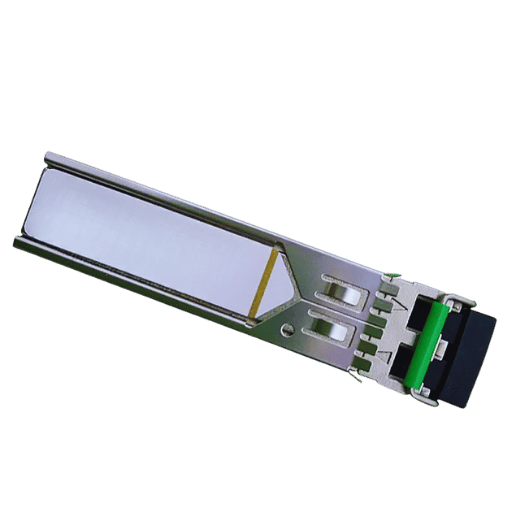
Unlike other SFP transceivers, the Cisco GLC-ZX-SMD uniquely offers greater transmission distance and performance over long-haul networking applications. It adheres to the 1000BASE-ZX standards, which support up to 70 kilometers of distance on standard single-mode fiber (SMF), making it useful for metropolitan or large-scale enterprise networks. Furthermore, GLC-ZX-SMD’s ability to monitor optical output-reliant components enhances dependability and control reliability, which is valuable for network administrators. Unlike SFPs, the GLC-ZX-SMD SFP Transceiver implements a lower-costs-per-port solution with respect to operations’ performance, adapting to an environment demanding extensive operational range.
Extended Transmission Range
High Performance
Digital Optical Monitoring (DOM) Functionality
Widely Compatible
Cost-Efficiency
Durability and Reliability
Module Power Consumption
Ease of Maintenance on Live Systems
As previously stated, the Cisco GLC-ZX-SMD Compatible 1000Base-ZX SFP is a reliable, high-grade, economical option for networking over long distances due to these collective advantages.
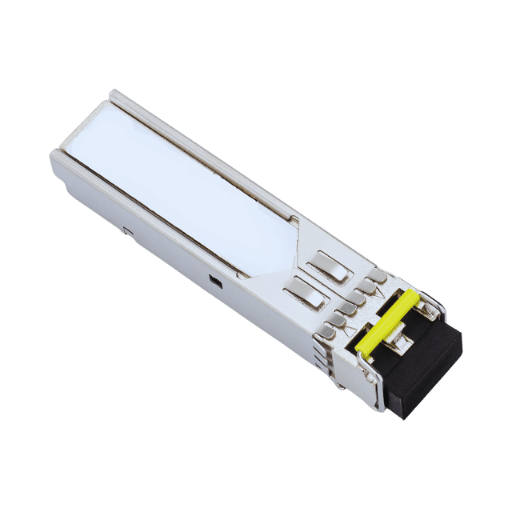
The Cisco GLC-ZX-SMD is made to work with all types of peripherals that accept the 1000Base-ZX standard, which includes Cisco networking equipment and other vendors’ devices as long as they comply with the same optical and networking standards. Its interoperability facilitates incorporation into pre-existing network ecosystems without major changes. Always check the device’s agreements with the pertinent network policies and compatible standards prior to implementation.
As already explained, compatibility is essential in networking solutions because it guarantees smooth interaction between devices from different manufacturers. Integrating compatible systems improves maintenance efficiency by reducing interoperability problems, lowering costs, and optimizing network performance. Following industry standards, including protocols set by IEEE or ITU, assures easy integration and growth flexibility for the future. Choosing compatible devices helps organizations reduce infrastructure expenses, improve operational efficacy, and enhance uptime.
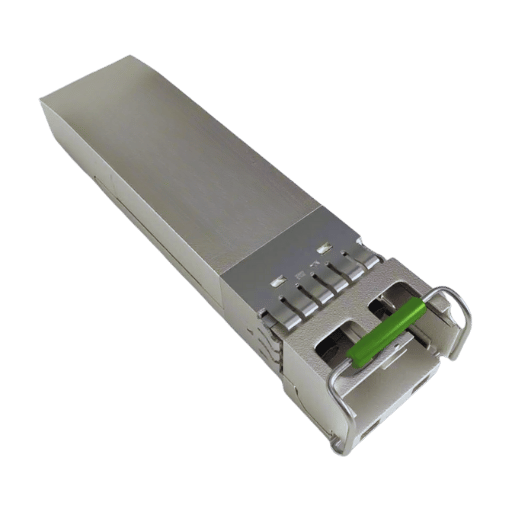
Transmission Using Fiber Optics
Distance Performance
Quality of Signal
Flexibility of Network Design
Compact Design
Energy Efficiency
Cost Efficiency Over Long-Term Operation
Support for Dense Wavelength Division Multiplexing (DWDM)
Integrating fiber optic transceivers in data centers helps improve the performance and reliability of the infrastructures while making them, more resilient and adaptable to modern digital frameworks.
The GLC-ZX-SMD module is considered an ideal option for enterprises looking to optimize networking expenditures because of its adaptive features and cost efficiency. Its main benefit is the capacity to van single-mode fiber networks up to 70 kilometers (43.5 Miles), which is ideal for long-range applications. The transponder does not require supporting hardware, thus saving in maintenance overhead and infrastructure investment.
When compared to other long-range transceivers, the GLC-ZX-SMD excels in its performance and cost balance. It is affordable and offers functionality that is equal to or better than other devices working in conjunction with Cisco networking equipment. Moreover, the design’s energy efficiency translates into minimal power usage, driving down operational costs in the long term, especially in large-scale data centers or metropolitan area networks.
Enhanced network reliability from lowering maintenance and costly downtimes are the benefits of incorporating modules supporting DOM capabilities. These augmentations become possible from the GLC-ZX-SMD module’s Digital Optical Monitoring (DOM), which enables real-time supervision of optical output power, input power, temperature, and voltage. Research indicates a reduction in complex network maintenance costs by up to 30% when DOM-equipped modules are employed.
In general, the GLC-ZX-SMD provides an exceptional combination of cost, efficiency, and dependability, making it a prudent purchase for businesses that seek to address contemporary networking challenges without overspending.
Like most 1550nm optical modules, the 1550nm modules are distinguished by their unmatched data transmission properties over long distances. Depending on network design and the use of optical signal amplification, these modules can transmit signals with minimal attenuation over distances exceeding 80 kilometers. Because of these features, they are commonplace in telecom and enterprise networks, which require high-speed and dependable long-range performance.
Another noteworthy feature is their robust stability against signal interruption, which protects the data stream from being altered. Furthermore, the adoption of Dense Wavelength Division Multiplexing (DWDM) system compatibility permits the deployment of 1550nm modules for higher bandwidth applications owing to the ability of several data streams to be conveyed over a single fiber strand simultaneously.
These characteristics distinguish 1550nm from other modules and position them as optimal choices for demanding applications where efficiency, scalability, and a lower price point are key. It is important to strategically choose the module to suit the network requirements in order to unlock the best performance during actual deployment.
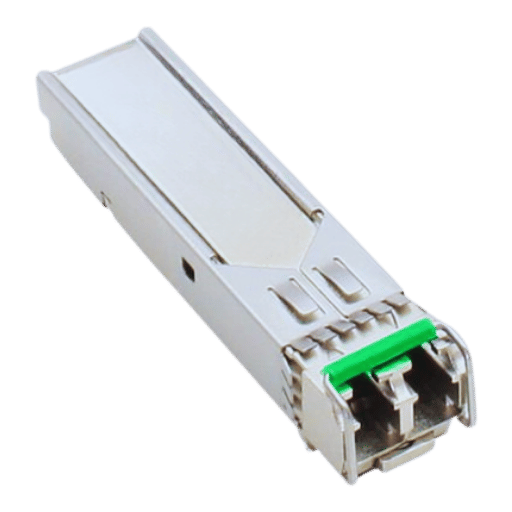
Check for Compatibility
Power Down the Device
Module Inspection
Set the Module into Position
Connect Fiber Optics
Start the device
Check Connectivity
Check for blockages and for any signs of damage periodically. For best efficiency, remove any obstructed cables or connectors.
Care for Fiber Optic Connectors
Avoid Excessive Handling
Monitor Operating Temperatures
Use Compatible Cables
Store Properly
Inspect Physical Connections
Check for Compatibility
Run a Test With a Known-Good Unit
Check Logical Port Configuration
Change Firmware
Maintain Check on Optical Signal Levels
Reset the Network Device
A: The GLC-ZX-SMD is a 1000BASE-ZX SFP transceiver module with a single-mode fiber (SMF) interface that enables long-distance communication. Its purpose is to increase the extention of networks reach up to 70km or even 80km with the compatible 1000BASE-ZX SFP 1550nm 80km transceivers.
A: The GLC-ZX-SMD uses DFB laser transmitter and pin photodiode which gives it an upper range limit of 70km on single mode fiber. It has a lesser range when used with compatible modules but can reach up to 80km at some distance.
A: The LC connector is one of the small form-factor connectors for high-performance fiber optics used in the GLC-ZX-SMD. With the use of 1G SFP optical networks, they can be easily installed and ensure transfer stability and data efficiency.
A: With the 1G SFP applications, the ZX will be specially designed to work with 1000BASE-ZX networks. Transmitting data at a reliable and high-speed rate of 1.25Gbps becomes their routine.
A: In the GLC-ZX-SMD, Digital Diagnostics Monitoring (DDM) is responsible for the real-time monitoring of critical temperature, voltage, and optical power in the device. Thus, it ensures the proper performance and diagnostics of the fiber optic network.
A: The Cisco GLC-ZX-SMD works with Cisco systems and is interoperable with OEMs’ products, assuming they follow the 1000BASE-ZX SFP transceiver module standards.
A: Wavelengths of 1550nm used in GLC-ZX-SMD models enable long-distance transmission of optical signals with very low attenuation, thus making it possible for distances of up to 80km over single-mode fiber.
A: GLC-ZX-SMD integrates into 1G SFP networks with ease because it provides high data transfer rates and long-distance capacity, which is vital for businesses that need to extend their networks over large geographical areas.
A: The GLC-ZX-SMD provides a robust solution for long-haul applications as it is capable of supporting distances of 70km to 80km, reliably transmitting data through single-mode fiber, and accommodating straightforward integration with LC connectors.